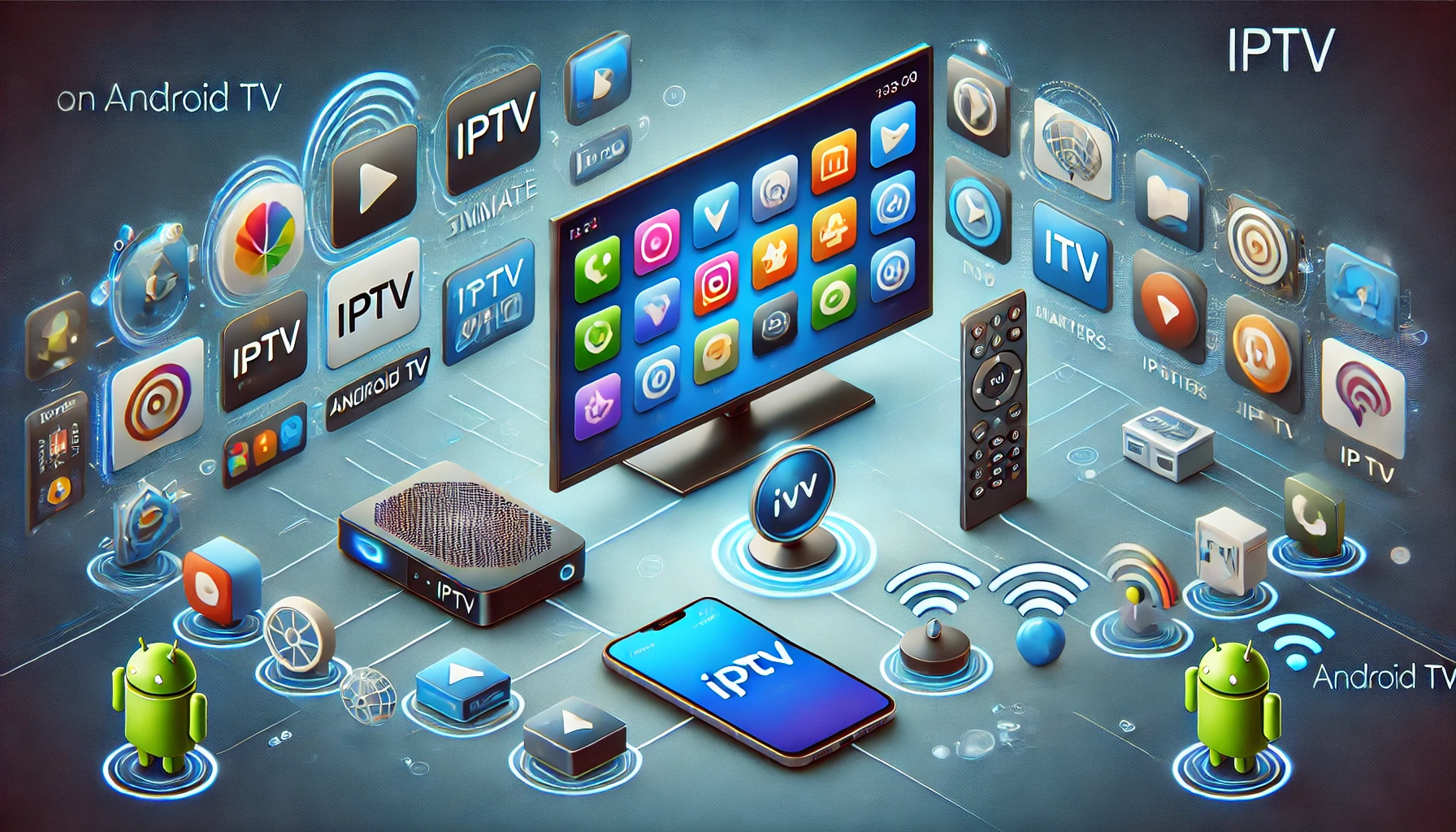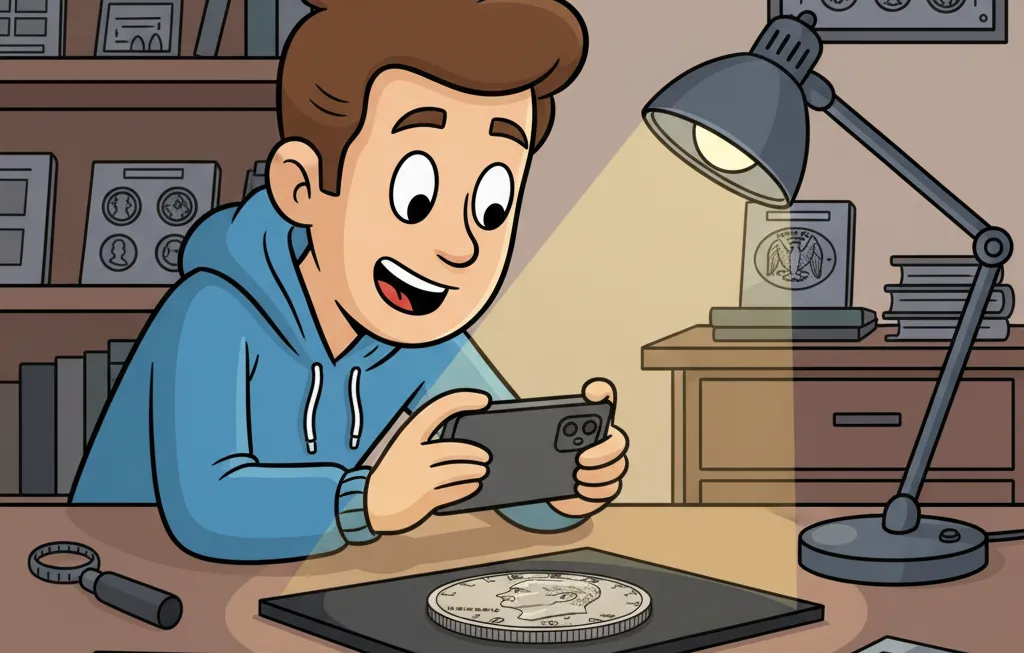Historical Background of Coinage and National Identity
The Roots of Coinage: A Tale of Symbols and Sovereignty
Coins are far more than mere hunks of metal clinking in your pocket. They whisper tales of empires rising, cultures flourishing, and nations asserting their place in the world. The history of coinage is as old as civilization itself, stretching back to 7th-century BCE Lydia—modern-day Turkey—where the first standardized coins were struck. These humble discs, made of a gold-silver alloy called *electrum*, marked the beginning of an economic revolution that would shape national identities for centuries.
Why coins? Because they last. Unlike parchment or crumbling stone, coins endure through the ages, preserving messages of power and pride. Think of Alexander the Great’s coins bearing his likeness, or the Roman denarii stamped with Latin slogans proclaiming the might of the empire. Each coin was like a tiny billboard, shouting, “This is who we are!”
- Greek city-states used coins to flaunt their gods, heroes, and regional specialties—an owl for Athens, a sea turtle for Aegina.
- In medieval Europe, monarchs minted coins to declare their divine right to rule, often emblazoned with religious symbols.
Every coin minted carries a piece of its people’s soul, blending art, authority, and ambition into something tangible.
Symbolism and Cultural Representation in Currency Design
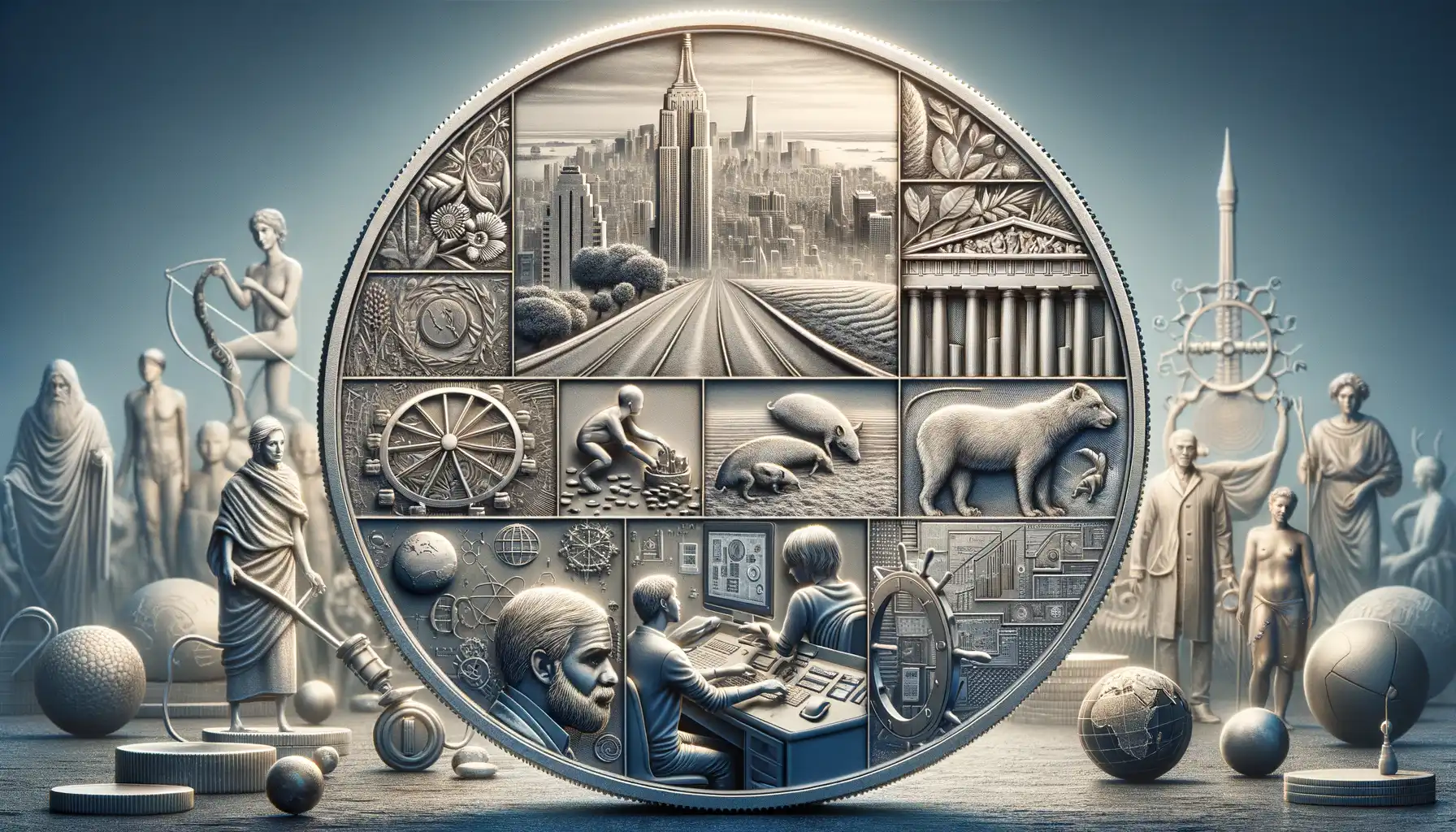
Stories Told Through Symbols: What Coins Say About Us
Currency isn’t just a tool for trade; it’s a canvas for storytelling. Each coin and banknote whispers tales of a nation’s soul, showcasing what its people hold dear. For example, those intricate patterns and bold emblems? They’re not just decorations—they’re declarations of identity.
Take the majestic American bald eagle, wings spread wide on coins, symbolizing strength and freedom. Or look at India’s rupee notes, proudly bearing the image of Mahatma Gandhi, a tribute to peace and perseverance. Every detail is deliberate, from the trees etched into Canadian quarters (a nod to their sprawling wilderness) to the mythical creatures like the Chinese dragon, representing luck and prosperity.
- Historical figures: A way to honor trailblazers and national heroes.
- Flora and fauna: Mother Nature’s mark, reminding us of shared roots and pride in local beauty.
- Cultural motifs: Think ancient Greek gods or Indigenous art—symbols that keep heritage alive.
Imagine holding a coin that feels like a small museum piece in your palm. Yes, the designs are practical, but they’re also evocative—a daily nudge to remember where we came from and who we are.
Economic and Political Dimensions of National Currencies
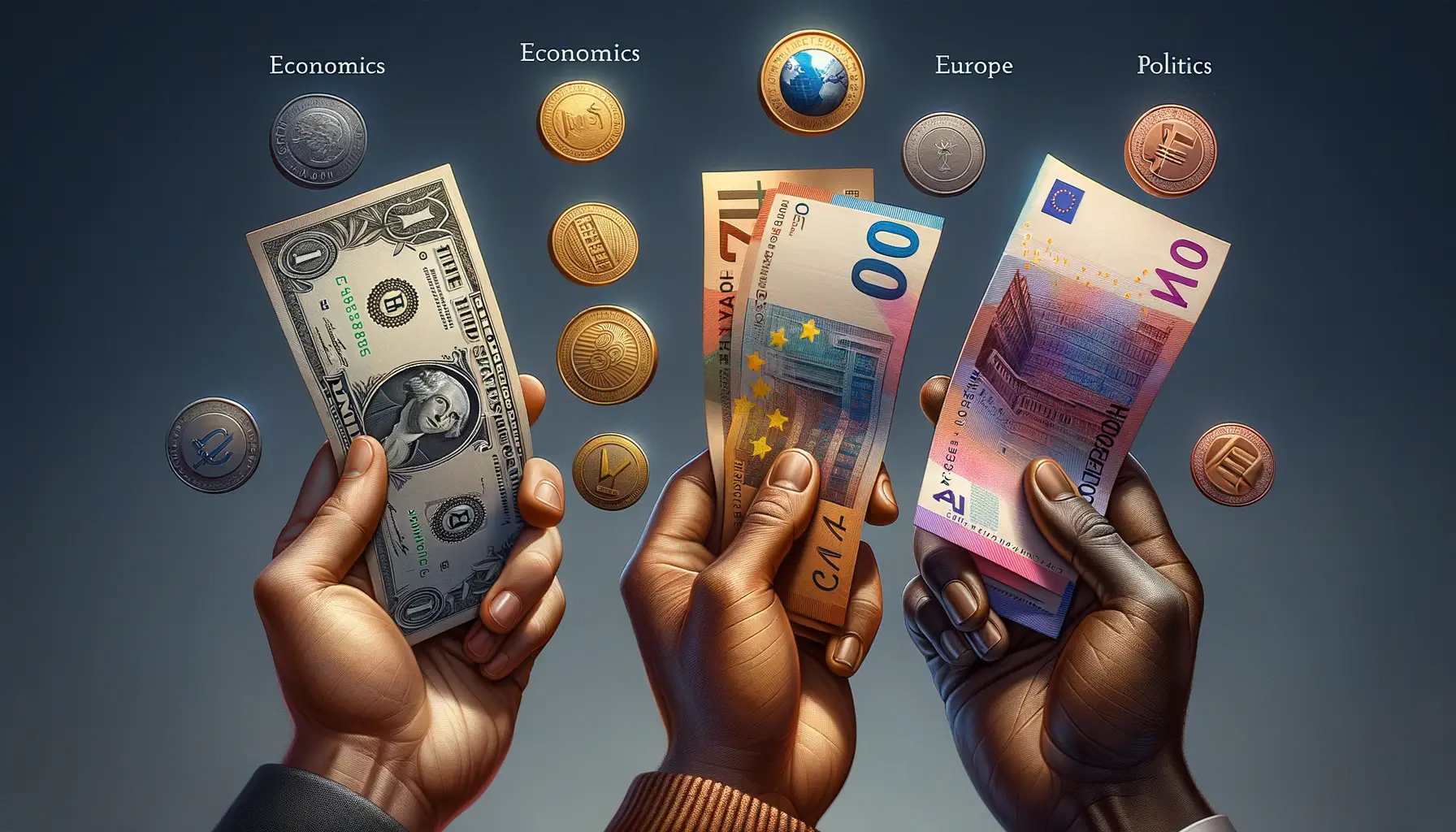
The Power Play of Currencies in Politics
Ever thought about how a simple coin in your pocket could hold the weight of political ambitions? National currencies are more than just tools for trade; they’re chess pieces in the grand game of geopolitics. For example, when emerging powers like China push to internationalize the yuan, it’s not just about economics—it’s a bid to shift global influence. Meanwhile, the dominance of the US dollar in cross-border transactions reflects the country’s outsized sway on world affairs.
Some nations even weaponize their currency:
- Economic sanctions through freezing foreign reserves.
- Manipulating exchange rates to boost exports or undercut rivals.
In this theater, money wields power as much as armies do, if not more.
Economy in Every Coin
Look closely at your own national currency. Its value doesn’t merely depend on gold or reserves; it’s a mirror held up to economic health. When Argentina’s peso falters or Zimbabwe’s hyperinflation collapses their dollar, those coins tell stories of instability that send ripples through every market stall and bank ledger. Currencies connect citizens with their governments in ways both inspiring and heartbreaking—symbols of achievement when strong, and silent witnesses to crises when weak.
Modern Perspectives on Currency and Identity
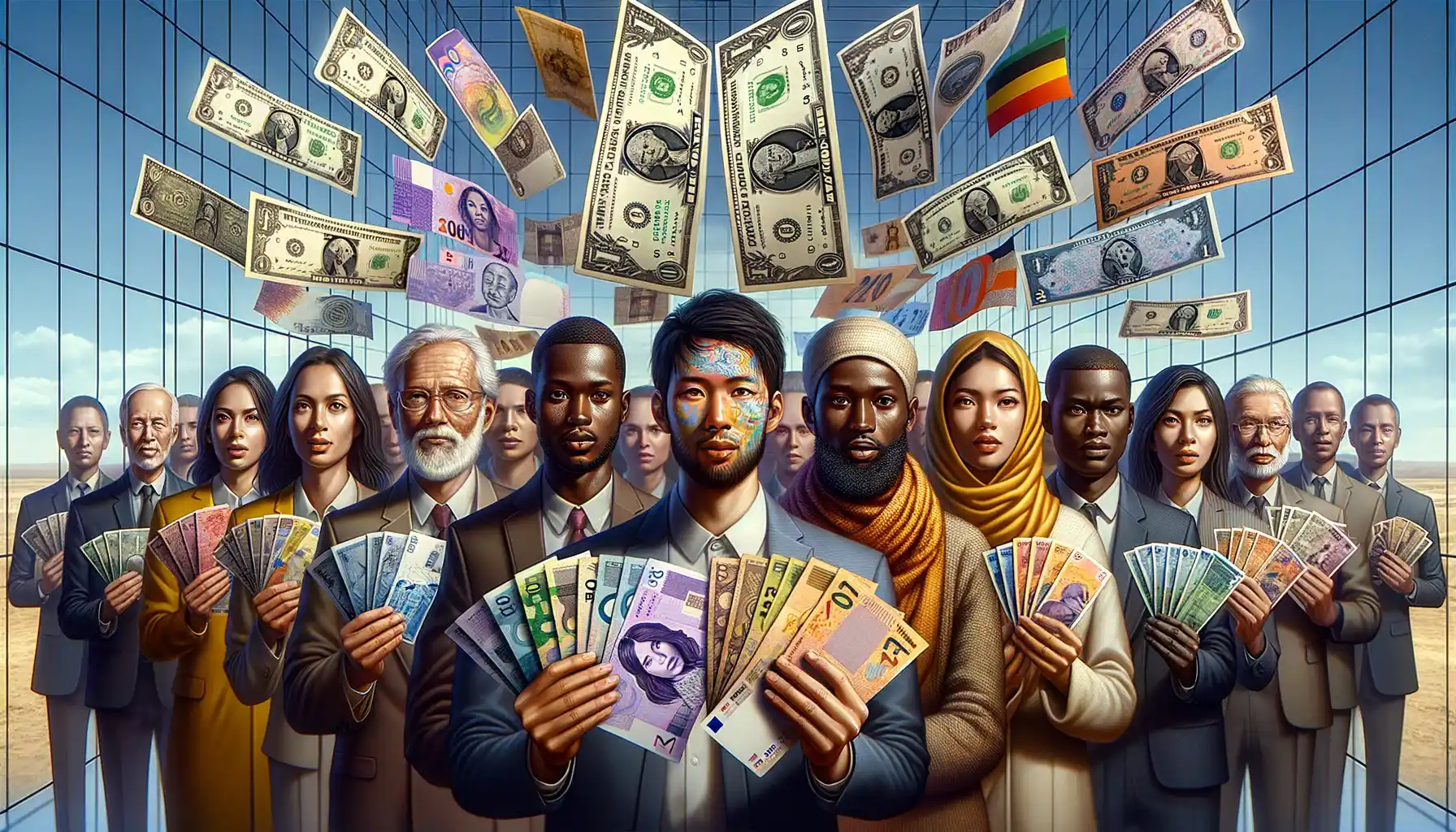
The Stories Our Wallets Tell
What’s in your wallet? No, seriously—beyond the receipts and loyalty cards, what does your currency say about you? In today’s fast-paced, hyper-connected world, currencies have become more than just pieces of metal or colorful notes. They are quiet storytellers, whispering tales of innovation, diversity, and collective identity.
Take digital currencies, for instance—Bitcoin, Ethereum, and a growing sea of altcoins. These aren’t just financial tools; they are a declaration of independence from traditional systems. They symbolize a global shift in how we view trust, value, and autonomy. It’s as if the old-school coins in your pocket are analog watches, while Bitcoin is the sleek smartwatch redefining time itself.
But even physical currencies are staying current. Modern coins often incorporate high-tech designs—think holograms, microtext, and even QR codes. Take Canada’s glow-in-the-dark two-dollar coin. Yes, you read that right—it glows, like a tiny beacon of progress sitting in your palm.
- Emerging economies craft currency to reflect newfound resilience and pride.
- Global icons like Nelson Mandela or Malala Yousafzai now grace notes, crossing cultural boundaries.
Our money is no longer limited to national borders. It’s evolving, like us—reflecting who we are and who we aspire to be.
The Future of Coinage in a Globalized World

From Local Symbols to Universal Tokens
The coins in your pocket or purse—think about them for a moment. They’re more than currency; they’re tiny ambassadors of a nation’s soul. From the eagle of the United States to Queen Elizabeth’s profile gracing British coins, these designs tell stories of pride, sovereignty, and heritage. But in our era of growing globalization, are these old symbols losing their voice?
Enter the age of cryptocurrencies, cashless payments, and digital wallets. The jingle of coins is being replaced by the hum of wireless transactions. And yet, isn’t there something irreplaceable about holding history in your hands? As we stand at the crossroads of tradition and innovation, the future of coinage seems…uncertain.
- Will we trade cultural icons on national currency for uniform global designs?
- Could blockchain technology reinvent money as an entirely borderless concept?
- Or will some nations double down, using unique designs to reinforce their identity?
The Coinage Conundrum: Identity vs. Convenience
Take the euro, for instance—a fascinating case study. While it represents a unified Europe, each member state adds its own twist to the design. It’s a compromise between unity and individuality. But as the world leans more heavily on digital payments, physical coins might become niche collectibles rather than everyday tokens.
Still, even in a cashless world, could we one day see digital currencies embedded with symbolic value? Imagine paying with a virtual coin adorned with your country’s flag or a famous figure. One thing is clear: whether physical or digital, currency remains one of humanity’s most potent storytellers.

